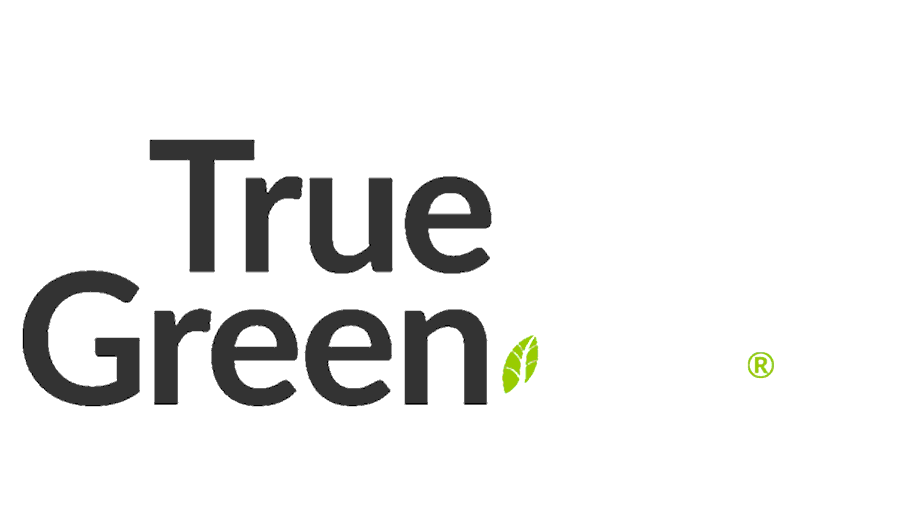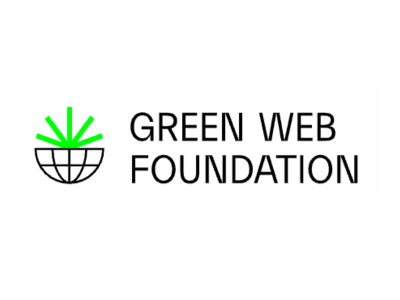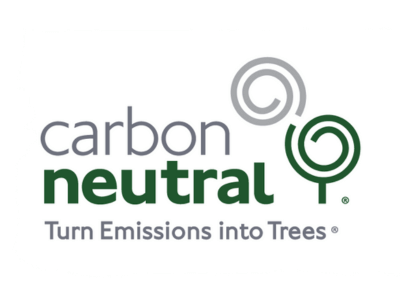Yahoo and Google are changing rules for emails
If you’re an online business, chances are you’re sending your customers some nifty emails from time to time.
Whether that’s for new product or service releases, behind the scenes peeks or sales; emails are an important part of marketing.
Something you should be aware of – Yahoo and Google are changing the rules when it comes to getting your business love letters into people’s inboxes.
Gmail currently holds a 28.78% market share of the email world and Yahoo holds 2.74%. While those numbers might not sound impressive, combined they total over 2 billion people worldwide.
Missing out on getting those sweet online deals in front of customers could end up costing you big time. Don’t let your business emails slip through the cracks.

How email verification works:
If you’re sending any business emails to over 5,000 people per day combined across Gmail and Yahoo you’ll now need to authenticate your email domain.
And even if you send fewer than that, these records are still good to have to help protect your business.
The first thing is to make sure you send emails from a business website address and not a free email account. That’s avoid sending emails from gmail.com, hotmail.com etc.
The authentication itself involves three parts:
- SPF (not to be confused with sunscreen – stands for Sender Policy Framework). This software compares the Internet Protocol (IP) address you’re sending emails from and checks that you’re on the verified list.
- DKIM (another acronym – the internet is full of them. This one stands for Domain Keys Identified Mail). This one makes sure that the message you send is actually the one your recipients are receiving. Some crafty little people like to break the rules by changing the message in transit. DKIM makes sure that can’t happen.
- DMARC, this one sounds like a cool underground rapper’s name but it stands for Domain-based Message Authentication, Reporting & Conformance. This one uses both SPF and DKIM to make sure no one is hacking your emails or pretending to be you. You can also set how failures should be handled and where reports should go to notify you or your host of any issues.
For these changes, we suggest using the monitor level setting first to avoid issues.
There’s also BIMI – that’s Brand Indicators for Message Identification. It’ll allow businesses that are fully verified to put their business logo into your email inbox. This means you can see whether it’s a legit email or not before you even click open.
Google restricts this to global trade marked companies, so some providers are still working on supporting the framework.
The logo file format needs to be SVG and your DMARC policy must be restricted to at least 100% quarantine or reject setting.
You’ll also need to make sure that you have a low level of bounces (when emails don’t exist/work) and a low spam rate.

Other small (but important details):
Aside from all of that, the little, easy but significant change you need to make is ensuring that you have an unsubscribe button.
When someone clicks this option, you’ll have 2 days to remove them from your mailing list. You used to have an overly generous 30 days to take action but modern day emailing is all about efficiency.
Make your emails less crap (spammy)
Final thing to note is about spam.
As in, you don’t want people marking your emails as spam. Ideally, you’ll need a super low rating that’s less than 0.10% and avoid 0.30%.
To lower the chance of this, check over your contacts regularly. You could also remove people who haven’t opened your emails in a while. Easy as.
In April 2024, Google will automatically start rejecting emails that fail to be compliant with the rules, and increase this process of rejection as time goes on.
How to create your SPF, DKIM and DMARC record
You can use these online tools to help you:
BIMI Record generator – select providers only
Some email tools like Google Workspace have their own generator for DKIM.
Getting your records wrong or invalid could lead to email deliverable issues. So if you are not sure it’s wise to get help from your hosting or domain provider.
These changes are due to kick in come the 1st of February 2024.
That’s just around the corner, so you’re best to get on this as soon as possible.
Why the new protocols are coming into place:
The answer is pretty simple. While things like General Data Protection Regulation (GDPR) came in back in 2018 for the UK and Europe and things like anti-spam legislation exist, we reckon anyone with an inbox has ended up with something they don’t want.
If you’ve ever opened your emails and seen something you definitely didn’t sign up for, that’s the reason for the change in a nutshell. It’ll help prevent masses of unwanted emails from getting into people’s inboxes. And they’ll land in the junk folder instead.
Aside from being better for the everyday email user, these changes will also be better for the environment too. With fewer irrelevant or spammy emails floating around, the less email servers will need to store them.
The spam emails will now get shunted off into junk and your email provider will take out the trash and delete them for you. That’s 7 days for Yahoo and 30 for Gmail. Win-win!
What this means for your business emails:
It’s not all bad – while you’ll probably need to do a little digital work to get it sorted, once you’re done you’re good to go. It’ll also give you a whole lot of benefits as a business that’s sending emails too.
For starters, as a website address (domain) owner you’ll now have exclusive rights over your “from” address. So, if someone is trying to make it look like they’re sending an email with Your Rad Business Name as the sender but they don’t own the domain, Google and Yahoo will kick their email to the curb.
From the other end, people will have less spam to skim through and find your legit messages.
No more dodgy links, fake dispatch emails or weird messages coming through from your business anymore. That’s good for you, and good for your customers.
Additional resources
Mailerlite email marketing guide
Mailchimp email marketing guide
ActiveCampaign email marketing guide
How to understand DMARC email reports

As always, True Green is on ya side, we’ve done the hard work for you
We are always working hard behind the scenes and that’s why, if you’re hosted with us, we’ve taken care of everything for you already for SPF, DKIM and DMARC records. No worries mate, it’s what we’re here for.
We went ahead and audited our client’s email accounts and records to make sure everything was water tight and good to go.
Don’t worry – there won’t be any extra charges or surprise invoices. We’ve done it all for free because we know how important these changes will be for you, your business and your customers.
If you’re a bit confused or want to shift over your email to a managed platform (that’s us, yep we do it all). Then get in touch with our team to find out more about hosting and we’ll help ya make the best choice for you.




